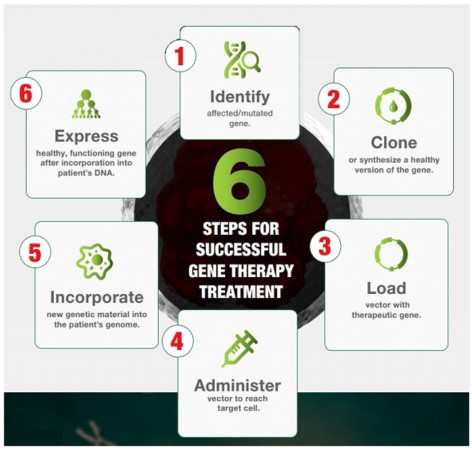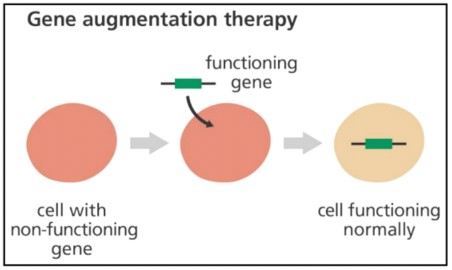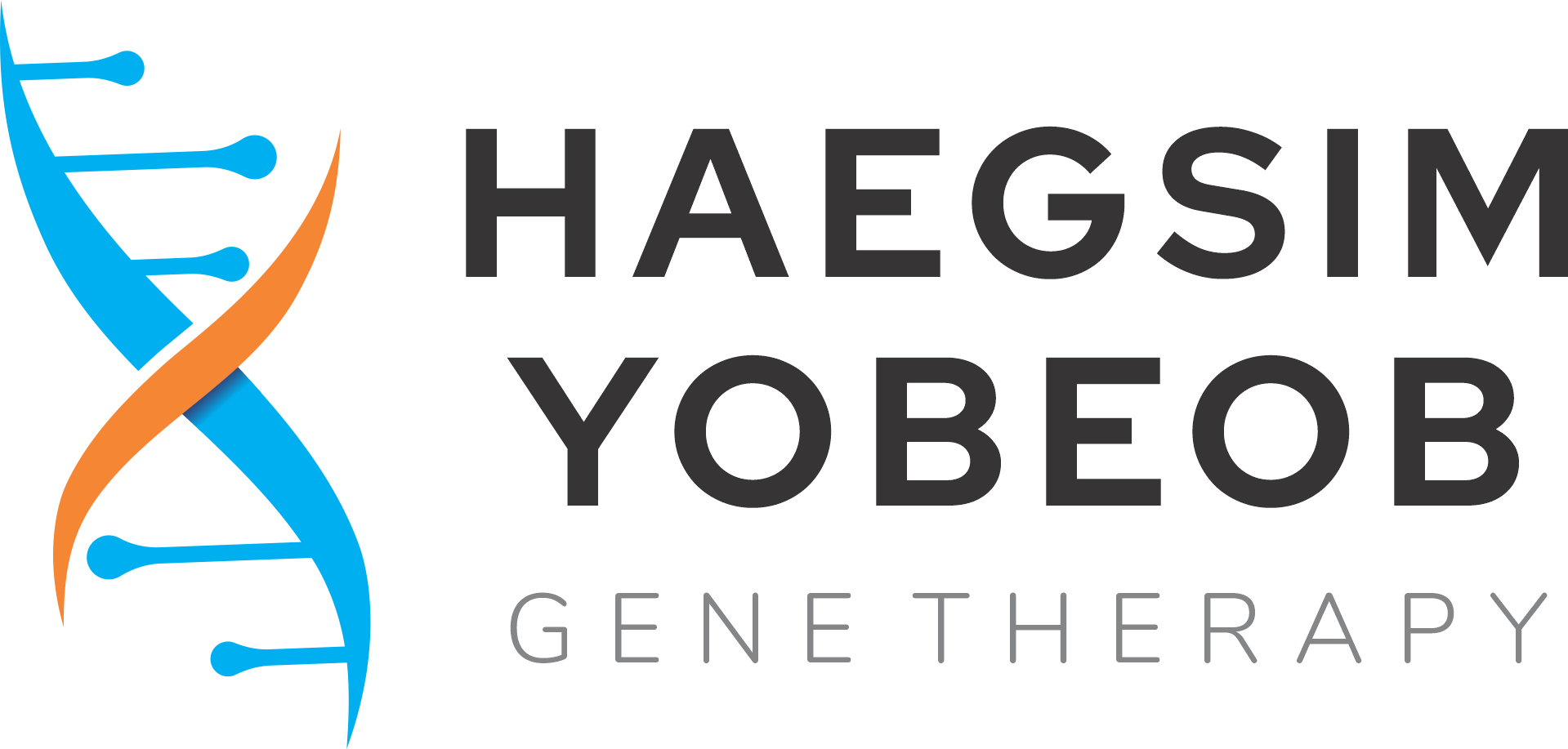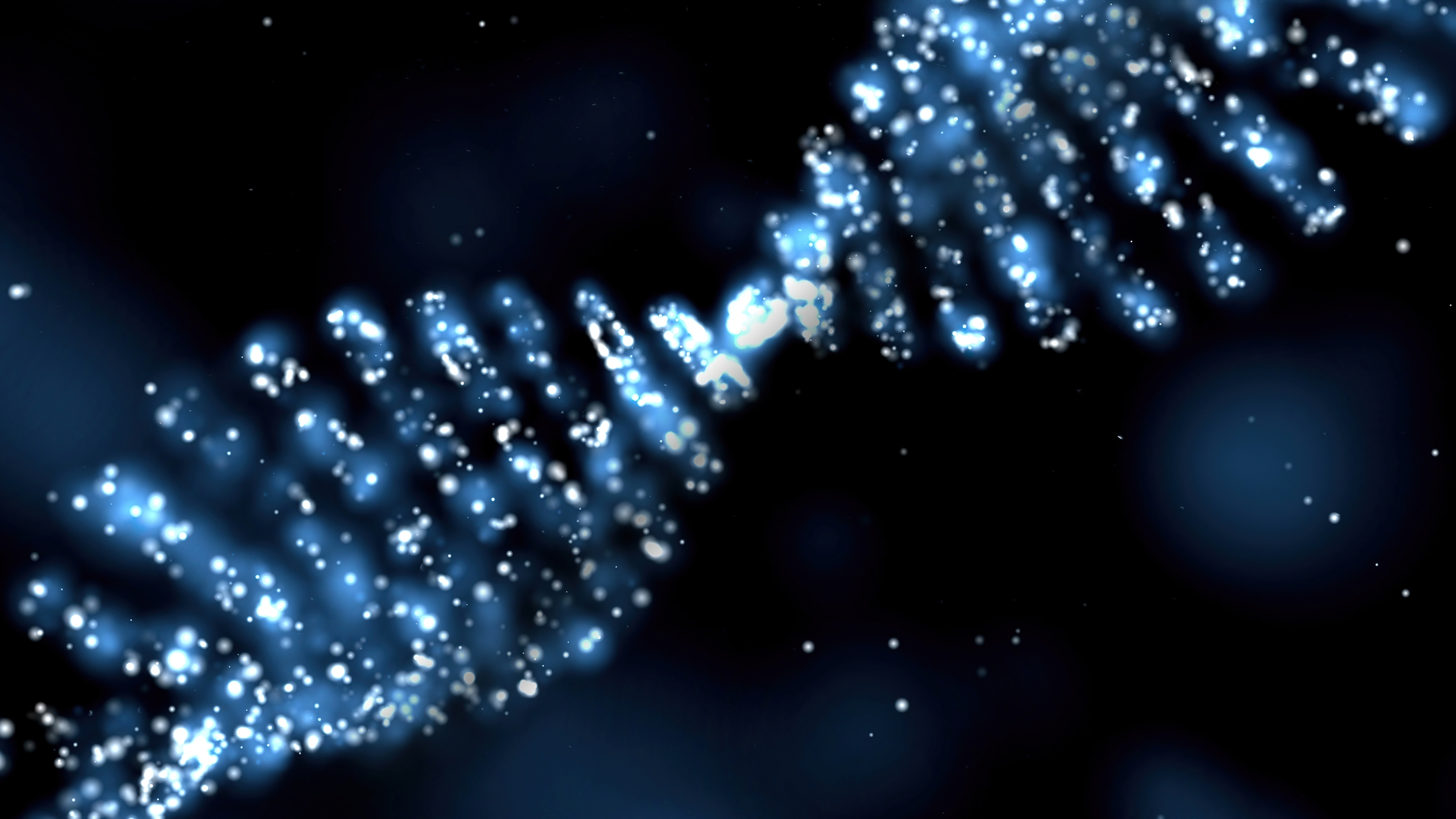
Typically, every person has 2 copies of each gene– one from each parent. A person has about 20,000 genes, and most are the same in all people. However, each person has a small number of genes that are slightly different. These slight differences in genes are why people have different features.
Genes contain instructions for making proteins, which are molecules that build, regulate, and maintain the body.

Gene therapy is a novel technique that uses genes from several sources to treat or prevent different diseases. It can be broadly defined as the transfer of genetic material to cure a disease or at least to improve the clinical status of a patient. One of the basic concepts of gene therapy is to transform viruses into genetic shuttles, which will deliver the gene of interest into the target cells. This technique allows treating a disorder (including inherited disorders, some types of cancer, and certain viral infections) by inserting a gene into a patient’s cells instead of using drugs or surgery. The principle of this technique includes replacing, inactivation or introducing a new gene in to the body which is used for metabolic manipulation, gene augmentation or surgical approaches.
Gene therapy is using several techniques in inserting a new gene which either by using viral vectors like (Retroviruses, Adenoviruses) or non-viral vectors like injection of naked DNA, physical methods to enhance delivery gene (electroporation, sonoporation) or chemical methods to enhance delivery gene like (oligonucleotides, hybrid methods). Gene transfer protocols have been approved for human use in inherited diseases, cancers and acquired disorders. Although the available vector systems are able to deliver genes in vivo into cells, the ideal delivery vehicle has not been found. Thus, the present viral vectors should be used only with great caution in human beings and further progress in vector development is necessary.
Therefore, scientists believe that gene therapy is the most promising application for treatment different types of diseases. Gene therapy is uprising in the field of medicine; scientists believe that in the coming years, this will be the last cure of every genetic disease.
Each human being carries normal as well as some defective genes. Usually, the individual does not become aware of the presence of defective gene until a disease associated with the gene is manifested in him or her or in a relative. More than 4,000 medical disorders caused by defective genes have been identified, each with varying degrees of seriousness. About 10% of the human population will evidence, sooner or later, some type of disorder.
Although genes are responsible for predisposition to disease, the environment, diet, and lifestyle can affect the onset of the illness. An example of a genetic disease is the cystic fibrosis, which frequently becomes evident in the first years of life for the child carrying the defective gene; where, the mutant gene can cause the development of cysts and fibrous tissue in the patient’s pancreas and the production of thick and viscous lung mucous, which can make breathing very difficult and, in many cases, is fatal. Virus, carrying the corrective gene, which after being introduced into the patient’s lung cells would allow the lungs to function properly and to produce cystic fibrosis transmembrane conductance regulator protein (CFTR protein) that eliminates the mucus.
Some genetic diseases have some benefits, classic example of a genetic disease that has a beneficial effect on human survival disease is a sickle cell anemia; where, individuals carrying two copies of the defective hemoglobin (Hb) gene and a blood problem caused by the defective Hb and consequently misshapen red blood cells (RBCs). The mutant Hb has less affinity to oxygen, and becoming a poor oxygen transporter in the blood. However, carriers of a single copy of the defective allele do not have the disease and they are also resistant to malaria. There is an obvious advantage of carrying a single allele of the defective Hb gene, especially in regions where malaria is endemic, as in tropical regions of Africa.
Gene therapy is a technique for correcting defective genes responsible for the development of disease. Researchers may use one of several approaches for correcting faulty genes.
Principles of Gene Therapy
A normal gene may be inserted into a nonspecific location within the genome to replace a nonfunctional gene. This approach is the most common. An abnormal gene could be swapped for a normal gene through homologous recombination. The abnormal gene could be repaired through selective reverse mutation, which can return the gene to its normal function. Gene therapy is the insertion, alteration, or removal of genes within an individual’s cells and biological tissues to treat diseases. It is a technique for correcting defective genes that are responsible for disease development that involved in a rate-limiting step of cholesterol biosynthesis.




